The world is chock-a-block with enduring mysteries. The Loch Ness Monster, people who consider Taylor Swift's anodyne pop 'classic' material and the eternal descent of global politics.
To that I will add (perhaps unkindly), the Mitsubishi ASX. It's old - very old - and competes in a market full of interesting, stylish and gadget-stacked offerings from other makers. Including, oddly enough, Mitsubishi's own Eclipse Cross.
Mitsubishi is having a bit of an Alfa Romeo phase as it seemingly prevaricates and pontificates about what to do next.
Being the newest member of the Renault-Nissan-Mitsubishi Alliance, there's a massive toy box of stuff to pick from before hitting the go button on an ASX replacement. Or, as it turns out, another one.
Thing is, in Australia at least, the ASX doesn't need a replacement, it's walloping everything in its class. For 2020, the evergreen, ever-daggy ASX gets a(nother) facelift, a few spec tweaks and, one expects - nay, hopes - renewed vigour.
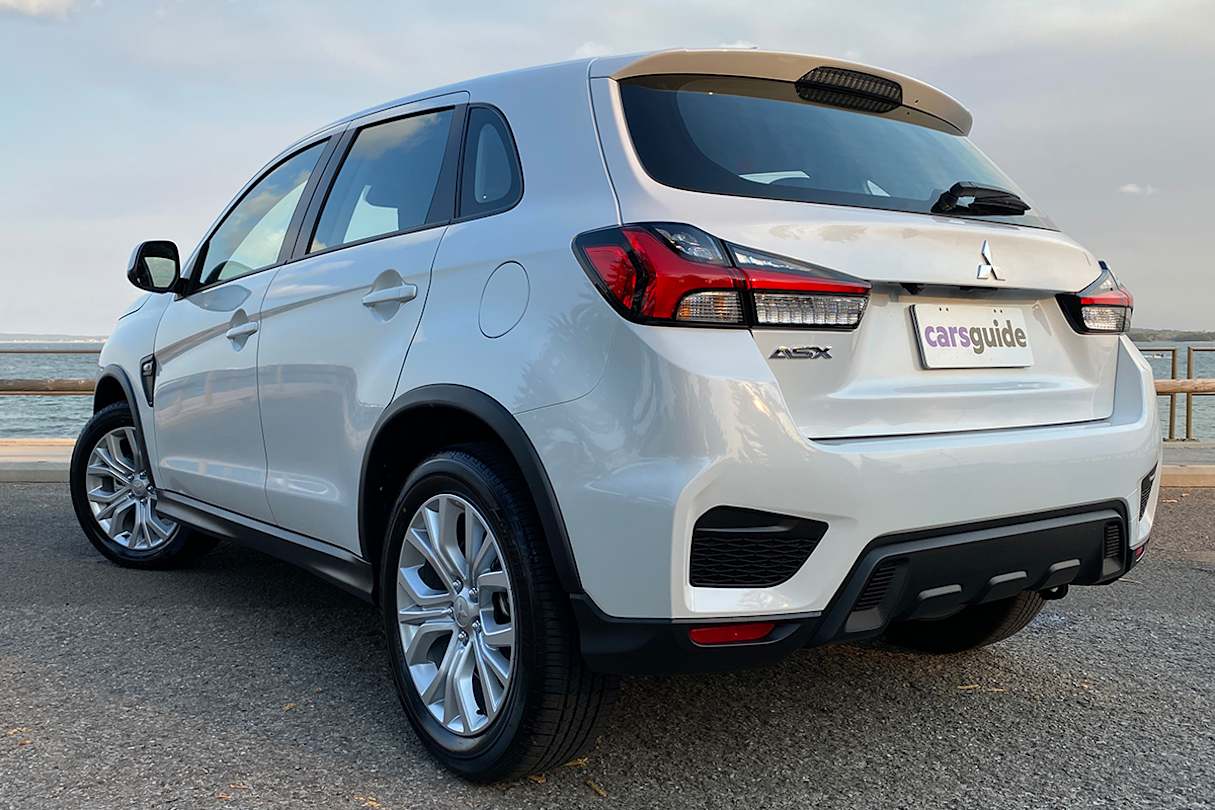
Mitsubishi ASX 2020: Es (2Wd)
| Engine Type | Inline 4, 2.0L |
|---|---|
| Fuel Type | Unleaded Petrol |
| Fuel Efficiency | 7.7L/100km (combined) |
| Seating | 5 |
| Price From | $16,170 - $20,680 |
| Safety Rating |
|
Does it represent good value for the price? What features does it come with?
One of the weirdest things about the ASX is that it's not very cheap, with one exception - the entry-level ES with the manual transmission, landing at $23,990. Or, more accurately, $24,990 drive-away at the time of writing.
I hold a deep suspicion that it won't take much arm-twisting to reduce the price considerably. In fact, a slightly stern look should do it.
The ES spec includes 18-inch alloys (where competitors will sling you steel wheels with hubcaps), a four-speaker stereo, climate control, reversing camera, remote central locking, cruise control, LED headlights, leather wheel and shifter, power folding rear vision mirrors and a space-saver spare. Slim, but useful pickings.
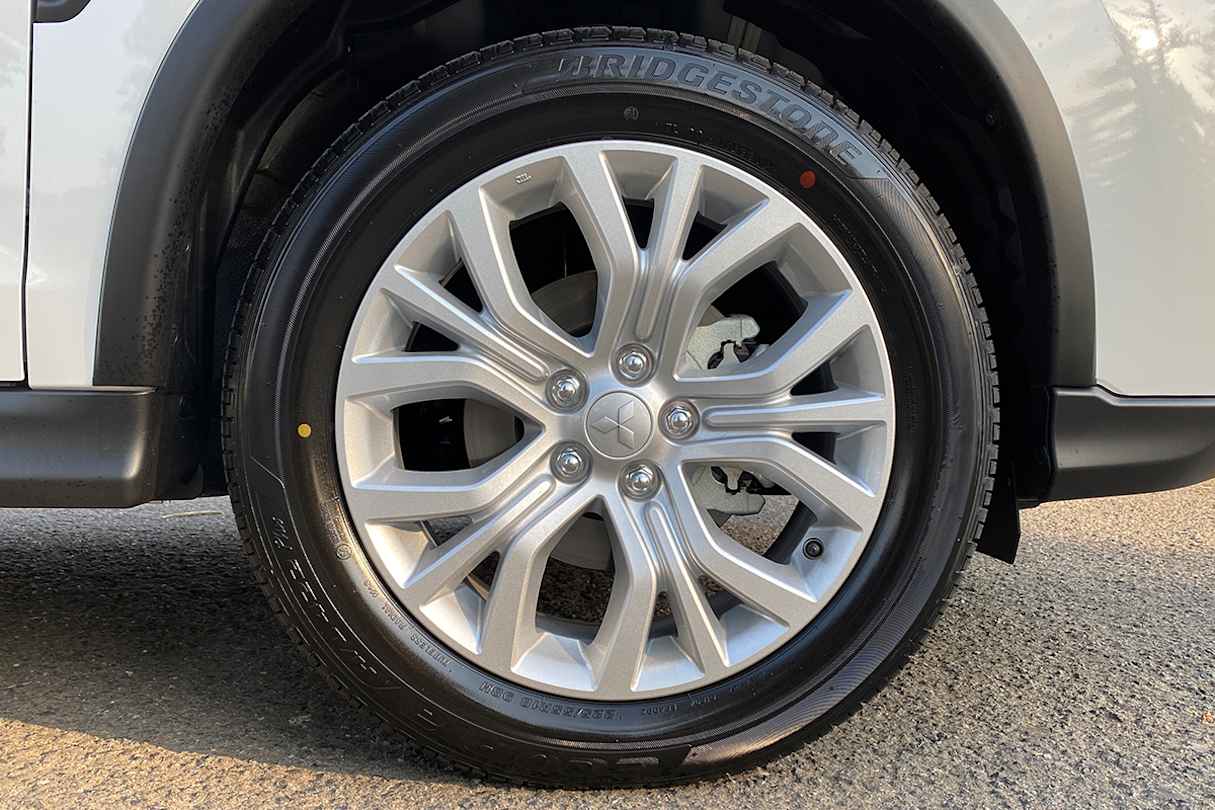
A new 8.0-inch screen sits proudly in a new-looking centre stack with DAB+, Android Auto and Apple CarPlay. The sound is pretty ordinary and the Mitsubishi software has a very 1980s Stranger Things feel about it, but the hardware is okay and works well with smart phones.
You get the distinct impression Mitsubishi has learnt what 'just enough' means for its buyers. That attitude permeates the whole car.
There are seven colours, one free (white), five for a puzzling $740 and one for a scandalous $940. For comparison, Mazda's (beautiful) premium colours are $300 and there are just two of them.
Is there anything interesting about its design?
The first ASX was a style-free zone. It had virtually no adornments. The styling was detectable only with a device with the sort of sensitivity that can detect an alien burping on a planet circling Alpha Centauri.
Did the job for a few years before another going-over made it look almost contemporary, but it stuck with the gawky profile.
This latest update puts a whole new, ill-fitting front end on the ASX but it looks a heck of a lot better. The 'Dynamic Shield' face from elsewhere in the range makes the car look fresh out of the box from the front, with Triton-esque slim headlights and a properly chunky look.
The new clamshell-style bonnet is nifty, or would be if the panel gaps weren't all over the place.
Then you see the side and rear and realise it's just the same old ASX with a bit of makeup on and new LED tail-lights that, to be completely fair, would look pretty good on any other car.
Amusingly, Mitsubishi has also slapped the Dynamic Shield on the Mirage - it really works on the ASX, it really doesn't on the tiddly hatch.
The cabin is the same old thing, with a natty new pattern on the seats that looks quite fetching, and a couple of new bits of trim here and there.
Ahead of the shifter is a piece of trim with an unexplained circular cut-out that is filled with the same patterned plastic. It really irrirates me and has been there for years, but at least the weird cupholder with a little sign that told you not to use as a cupholder is gone.

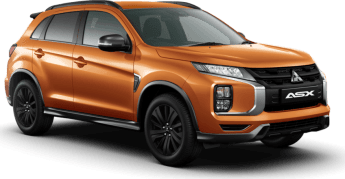
How practical is the space inside?
The one thing right about the Mitsubishi is the space (cue reverb effect).
For a compact SUV, it's huge inside. Front and rear passengers luxuriate in reasonably comfortable seats with plenty of head and legroom. Front and rear rows each have a pair of cupholders but only the front doors will hold a bottle.

Boot space is very generous, starting at 393 litres and with the rear seats out of the way, 1193 litres. If you end up choosing another ASX, be aware that the Exceed's fully-hectic sub-woofer is so fully hectic it swallows up 50 litres to deliver sick beats.

What are the key stats for the engine and transmission?
The dowdy 2.0-litre four-cylinder is unchanged (again) for 2020, with 110kW/197Nm. Those figures are class-competitive because as I always say, there appears to be legislation governing naturally aspirated compact SUV power outputs.
The basest of base specs has a five-speed manual gearbox (they're more common than you think, so I don't have a joke or exclamation of surprise here) driving the front wheels only.
No more all-wheel drive in the ASX, you have to go to the Eclipse Cross for that. Which is a pity, because the AWD ASX was almost compelling.
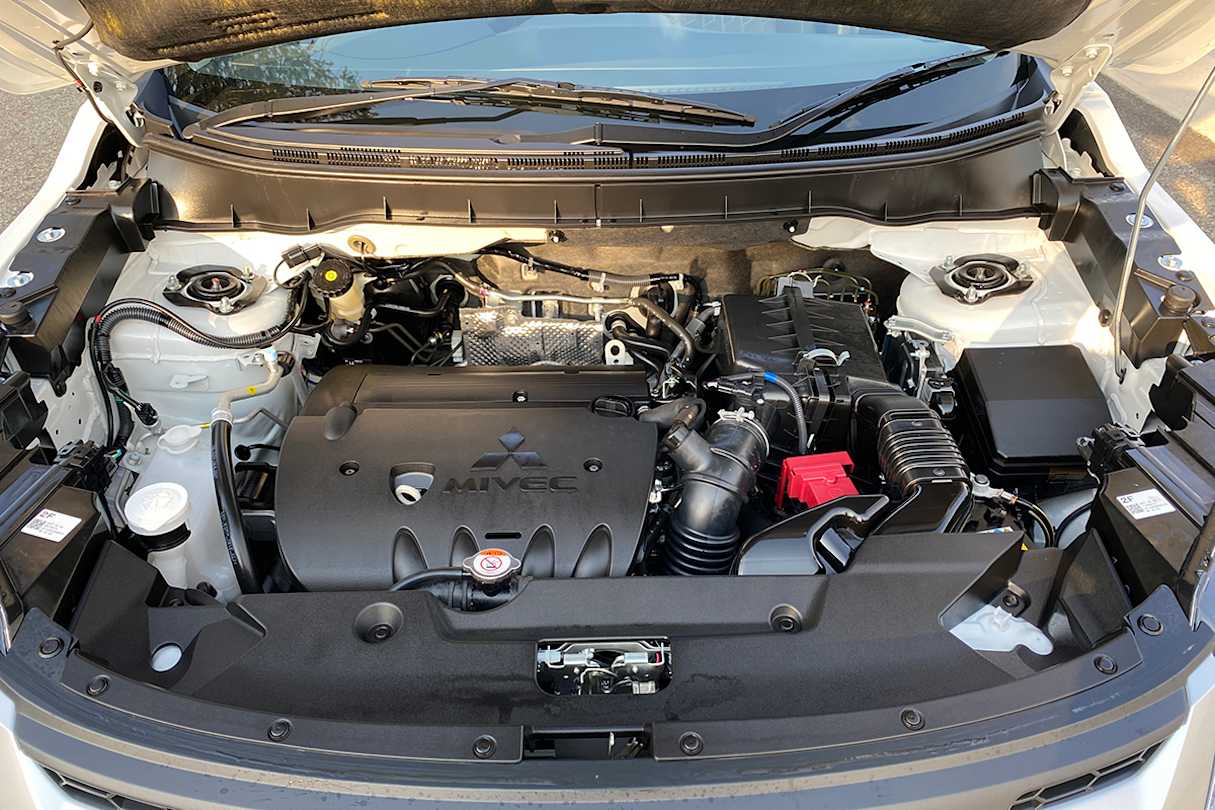
How much fuel does it consume?
Mitsubishi's official fuel figure weighs in at 7.7L/100km which, as I have discovered in the past, is a long way off reality.
A week in the manual delivered an even worse figure than the CVT I last drove, getting through 12.4L/100km (11.5 for the CVT) in the week I had it.
Granted, it was just me driving it, the usual softening influence of my wife was not available to the ASX.
Warranty & Safety Rating
What safety equipment is fitted? What safety rating?
The ASX arrives with seven airbags, ABS, stability and traction controls, forward AEB (up to 80km/h), forward collision warning and that's it.
For a very solid $2500, you can add lane departure warning, auto high beam, reverse sensors, blind spot warning, lane change assist and rear cross traffic alert. There's a catch, though - you can't have it on the manual.
On top of that, it's a lot when the Kia Seltos (yes, with steel wheels and halogen headlights) already starts with one or two of those features and charges just $1000 for its advanced safety pack.
The Mazda CX-3 is full of safety gear without ticking boxes.
The maximum five-star ANCAP safety rating stretches back to 2014 when the rules were quite different. I won't speculate on what it might achieve in 2020 as-is, but five stars might be tricky.
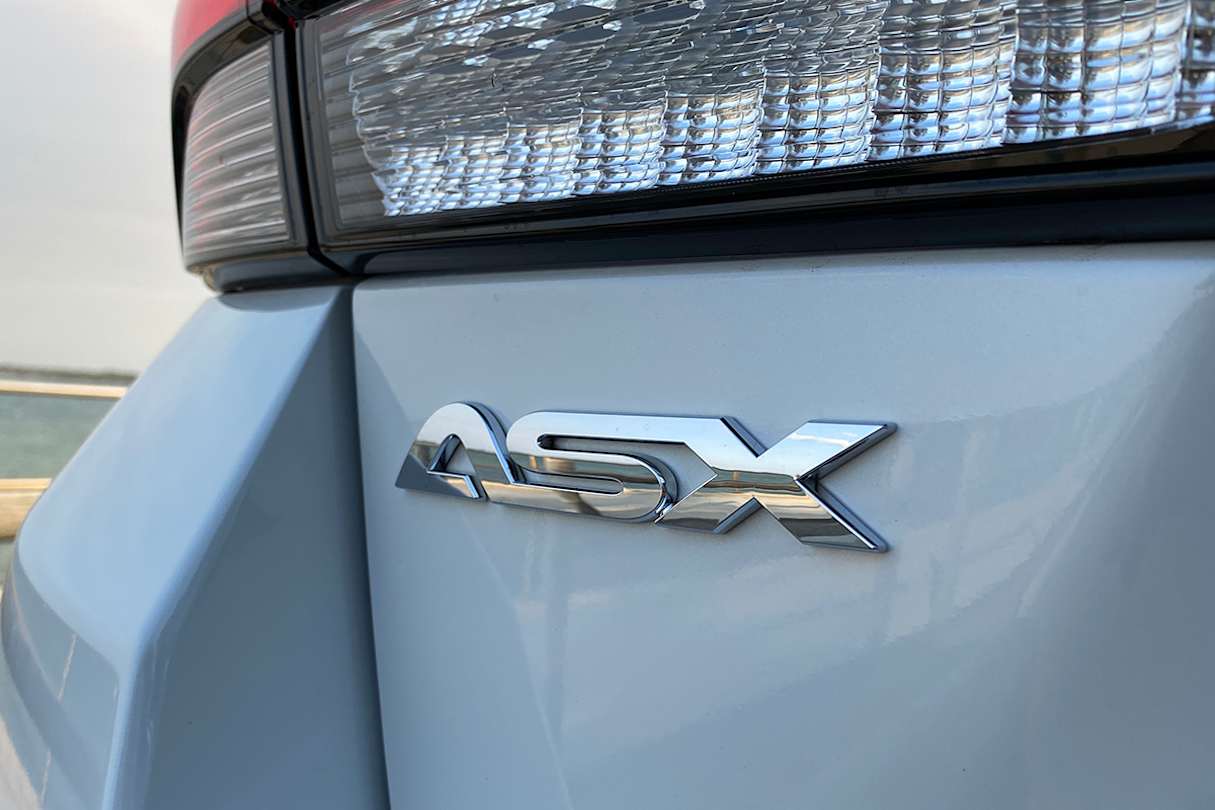
What does it cost to own? What warranty is offered?
Mitsubishi has a five-year/100,000km warranty with one year of roadside assist in the form of membership to your state or territory's motoring organisation (eg RACV, RACT, NRMA).
The three-year capped price servicing regime is not bad and every service you get at the dealer extends the roadside cover for another 12 months.
A small bit of good news for you - where previously a service was $240, they're now $199 for all three during the program, with the initial 1000km service remaining free (and annoying).
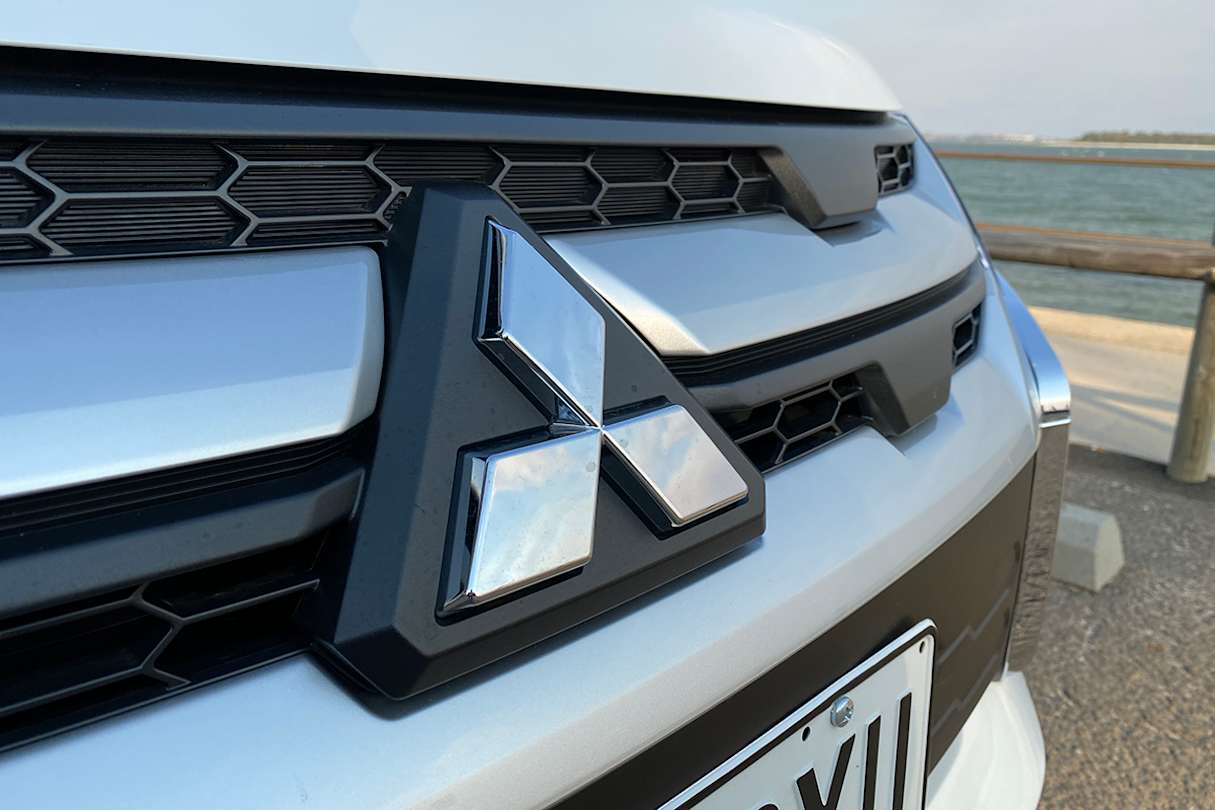
What's it like to drive?
For some reason I was hoping the manual ASX would be a better car to drive than its CVT siblings. That proves two things. The first, is I have a short memory, and the second... I have a short memory.
I last drove a manual ASX five or so years ago. It was not my favourite car then owing to the engine buzz, the long, light clutch and the gear lever stolen from a pole vaulter's kit bag.
And for all the same reasons, some half a decade later, the manual ASX is still not very good.
Adding to the ASX's issues is the fact that having better access to the power and torque means a propensity to spin the inside wheel with moderate steering lock and throttle applied together.
The tyres screech away with entertaining abandon and the traction control light comes on like that flickering, distant lightning 20 minutes after a storm has blown through.
The CVT's torque steer is one of the aforementioned great mysteries - despite not having a huge amount of torque, the auto model still manages to pull the steering wheel under power.
That's all manageable, though. What isn't is the buzzing you get from the pedals. Once you're moving you realise that you don't have your feet planted on the shopping channel vibrating foot thing.
The accelerator, brake and clutch all have a hotline to a beehive. I got out more than once shaking my right leg because it felt like it was asleep.
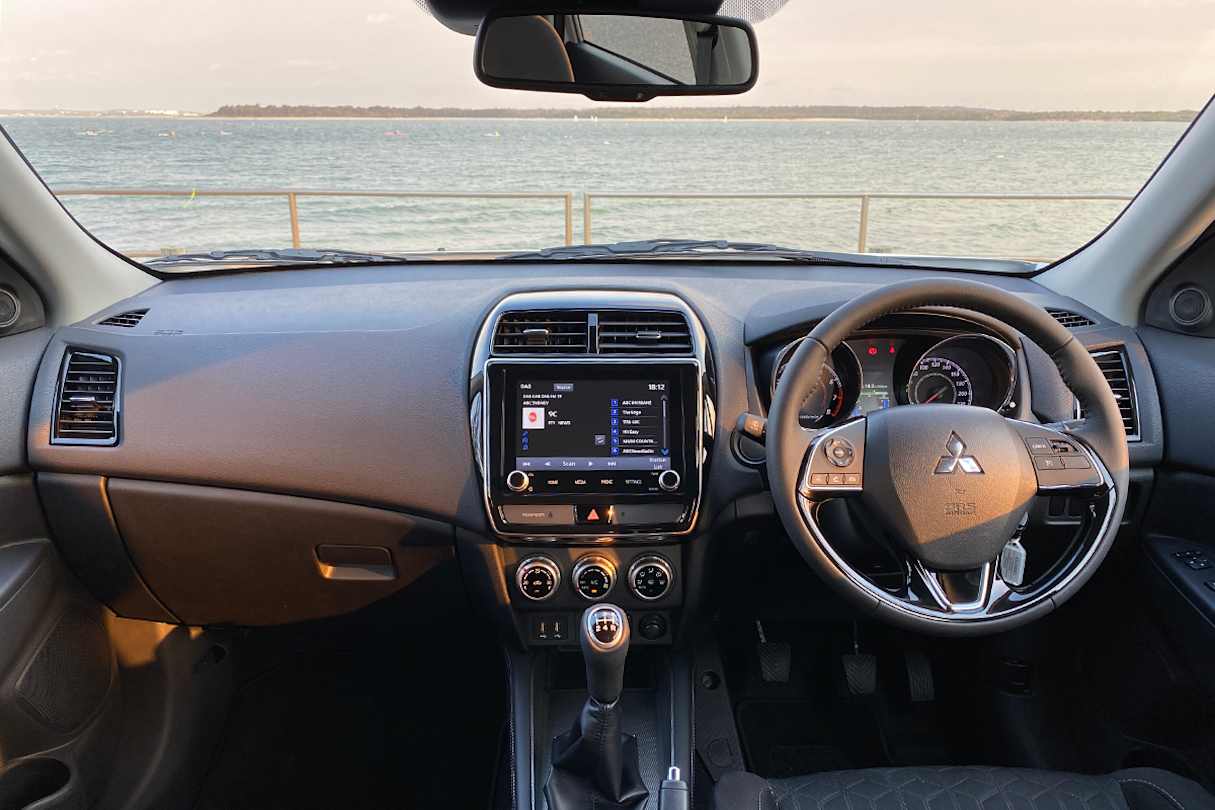
Once you're over all that, you find that the ASX is a bit lumpy and bumpy around town, despite a multi-link rear end.
Cars like the Hyundai Kona and Nissan Qashqai make the most of that tricky bit of suspension, but not the ASX.
It's weird to ask extra then deliver a ride that isn't demonstrably better than a cheaper torsion beam set-up (sharp speed bumps being the only exception).
The steering is also slow, so you're constantly twirling the wheel when you're moving around the city and the burbs. And the electric assistance is all over the place, making you wonder what you're actually doing.
Slow steering is fine for a car if you can take it off road, but the ASX isn't an off-roader anymore.
And after all of that, the manual shifter is so long that if your grip is anything other than completely orthodox, you can actually trap your hand between the dashboard and the gear knob when you go for third.
I think you've probably got the point. This is not the pick of the ASX range, not by a long way. And the manual makes it worse in the city, not better.
Verdict
If I seem like I've been too hard on the manual ASX, you may well be right. It's really not my kind of car, but I know Mitsubishi can do better. What winds me up about it is that the company knows it doesn't have to, because the automatic ASX continues to fly off the forecourts.
Of course it doesn't in manual form and it's fairly easy to see why. It's not particularly cheap, doesn't have a lot of stuff (apart from a tonne of space) and I'd be surprised if dealers even mention its existence to shoppers.
If your heart is set on an ASX, skip the manual and use the saved energy to talk a dealer down the extra to get a CVT version. And there's a new mystery to add to the collection - I just recommended a CVT over a manual.
Pricing Guides










.jpg)

.jpg)

.png)



.png)

.jpg)
.jpg)
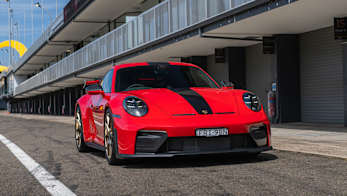
.jpg)

.jpg)